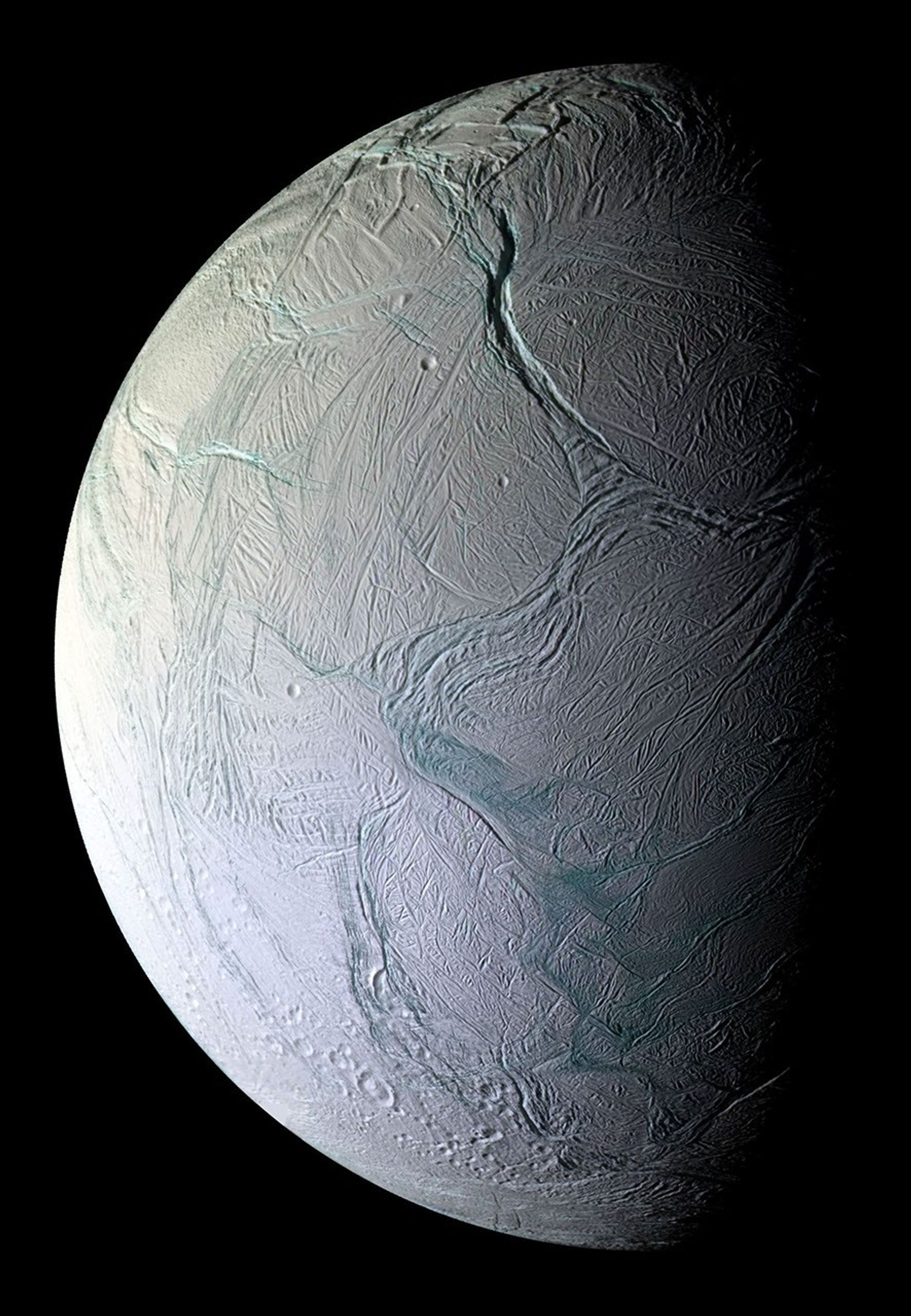Exploring Venus: Fascinating Facts About Earth’s Mysterious Neighbor
Explore the fascinating world of Venus, Earth's closest planetary neighbor. Learn about its extreme temperatures, thick atmosphere, slow retrograde rotation, and unique surface features in this detailed overview of the second planet from the Sun.
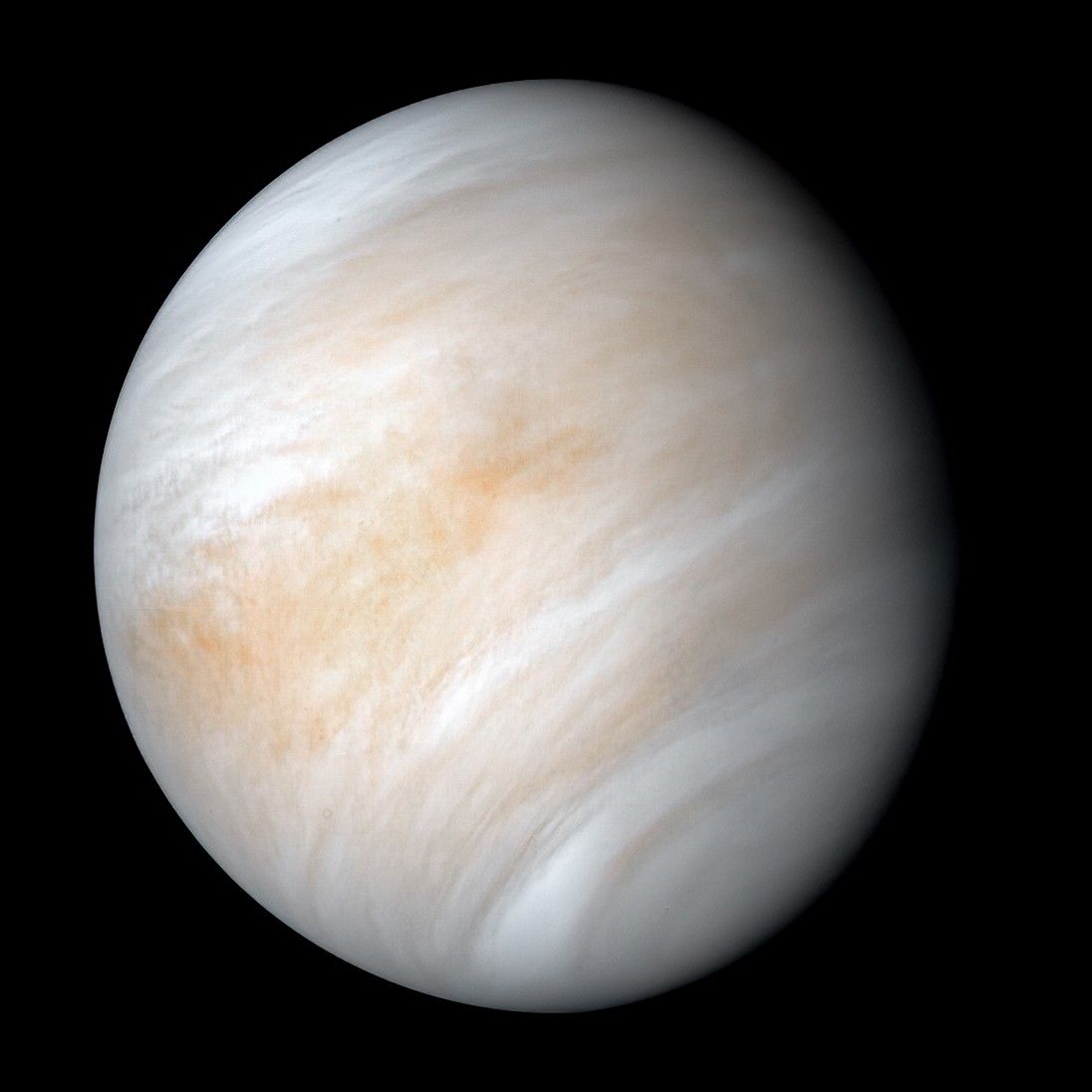
Venus, the second planet from the Sun, stands out as one of the most intriguing and extreme worlds in our solar system. Often referred to as Earth’s “sister planet” due to its similar size and composition, Venus is anything but friendly. Its thick clouds, crushing pressure, and scorching temperatures make it one of the most hostile environments known to science.
Venus is nearly the same size as Earth, with a diameter of about 12,104 kilometers compared to Earth’s 12,742 kilometers. Its proximity to Earth and similar rocky composition led scientists to initially believe that Venus might have Earth-like conditions. However, further exploration revealed a vastly different reality.
The atmosphere of Venus is primarily made up of carbon dioxide, with thick clouds of sulfuric acid. These clouds trap heat in a runaway greenhouse effect, causing surface temperatures to soar to an average of 464 degrees Celsius (867 degrees Fahrenheit). This makes Venus the hottest planet in the solar system—even hotter than Mercury, which is closer to the Sun.
Another striking feature of Venus is its atmospheric pressure. The surface pressure is about 92 times greater than that of Earth, equivalent to the pressure found 900 meters underwater on Earth. Any spacecraft or probe that lands on Venus must be built to withstand this immense pressure, which has destroyed many past missions within minutes.
Venus also rotates very slowly and in the opposite direction to most other planets, including Earth. One day on Venus (a full rotation) takes about 243 Earth days, making a Venusian day longer than its year, which is just 225 Earth days. The retrograde rotation means that if you could stand on the surface of Venus, the Sun would rise in the west and set in the east.
Despite its harsh conditions, Venus has a surface dotted with volcanoes, mountain ranges, and large plains. Scientists believe Venus may still be geologically active, though direct evidence is limited due to the planet’s thick clouds and high surface pressure.
One of the planet’s most unique aspects is that it has no natural moons and no magnetic field like Earth’s. The lack of a magnetic field leaves Venus exposed to solar wind, which may have contributed to the loss of any water it may have once had.
Venus can be seen from Earth without a telescope and is often called the “morning star” or “evening star” because of its bright appearance. It is one of the brightest objects in the night sky, outshone only by the Moon.
In summary, Venus is a planet of extremes—hotter than any other, with an atmosphere that would crush and corrode anything we send there. Yet its similarities to Earth continue to captivate astronomers and planetary scientists, offering clues about the past, present, and future of rocky planets in our solar system and beyond.
What's Your Reaction?








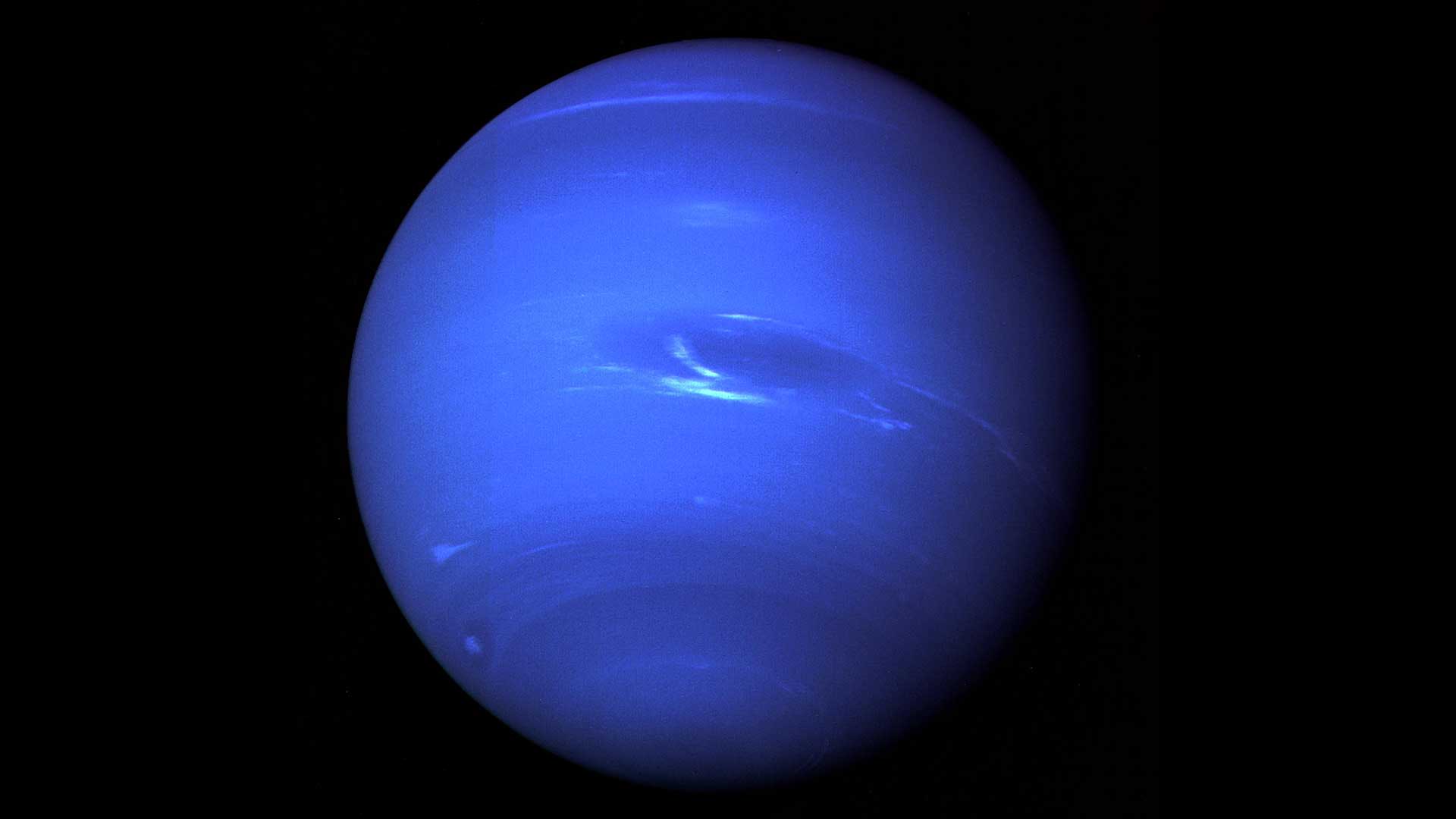

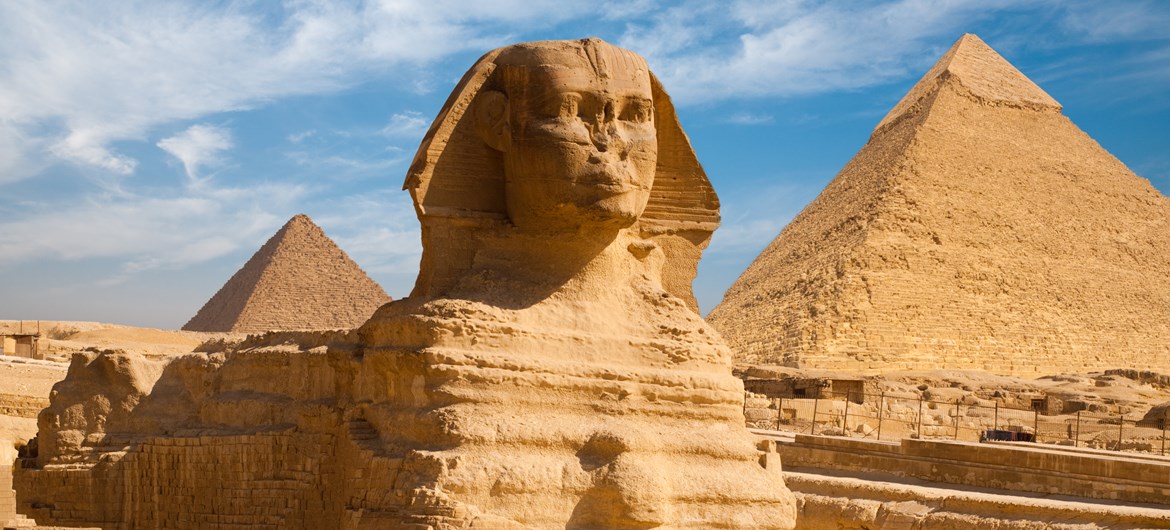
/https://tf-cmsv2-smithsonianmag-media.s3.amazonaws.com/filer_public/54/66/546650fa-26a4-40fd-8d6d-5a7a04540f81/rosetta2.png)
:max_bytes(150000):strip_icc():focal(999x0:1001x2)/robert-prevost-050825-1-39395418ab494da5a3a700c9478e66c8.jpg)


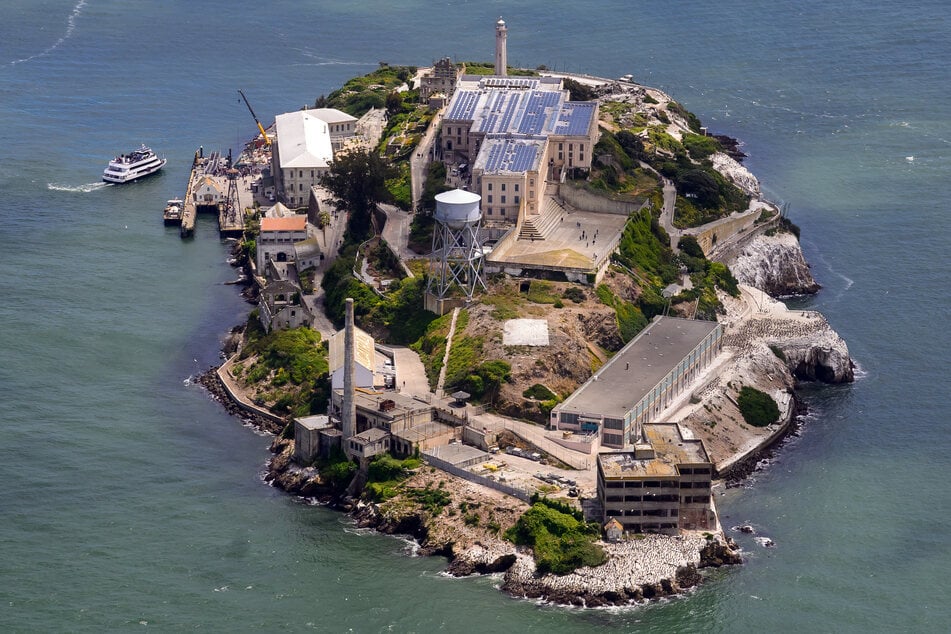























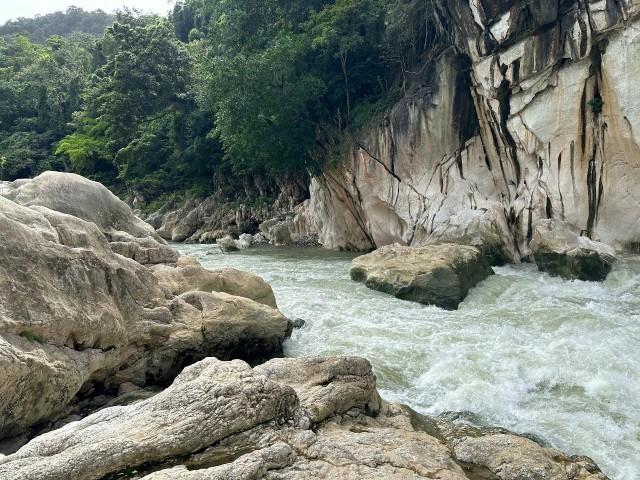




















format(webp))
format(webp))
















